Are you wondering if batt insulation would be able to meet the insulation requirements of your home? Wonder no more, for we have researched this and have the answer for you.
The thickness of batt insulation depends on the total R-Value. Batt insulation has an R-value per inch of thickness. Thus, you get a higher R-value as you increase the thickness. Here are some sample R-value/thicknesses:
- a fiberglass batt with 10.8 to 11.9 R-value is 3 1/2" thick,
- one with 16.3 to 17.8 R-value is 5 1/4" thick,
- and a batt with 46.5 to 51 R-value is 15" thick.
Keep in mind, however, that different types of batt insulation have different R-values per inch. Additionally, the R-value per inch of fiberglass batts changes if you compress the batt during installation—going up per inch but going down overall. Confused already? Don’t be; we will explain everything in complete detail in the succeeding sections. Read on!
![Batt insulation attached to the ceiling of a house, How Thick Is Batt Insulation? [By R-Value]](https://hvacseer.com/wp-content/uploads/2022/02/How-Thick-Is-Batt-Insulation-By-R-Value.png)
How thick is batt insulation?
What is important to know about batt insulation is the R-value per inch. Divide your target R-value by the R-value per inch, and you’d get the batt thickness that you need to get the target R-value.
We will be talking about several important numbers as we go along. This will help you in understanding how the different values affect each other—how compressing batt insulation affects the R-value and so on.
We treated this question as a regular math problem. Thus, like any math problem, the first step is to lay down the numbers. For our purposes, we will start with the R-values per inch of common batt insulation.
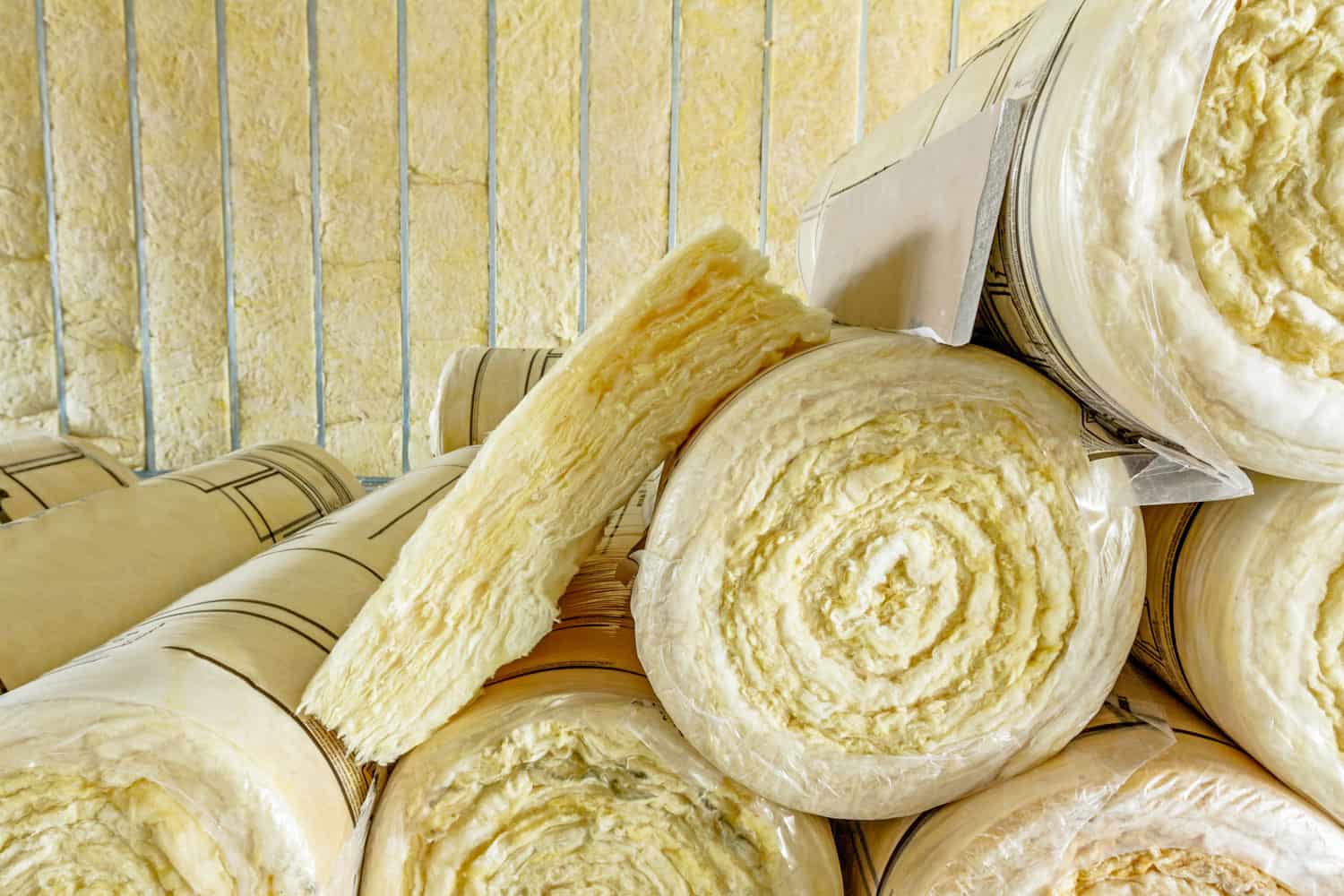
What is the R-value per inch of fiberglass batt?
Fiberglass batt insulation is the most widely used insulation material in the US. It is widely available, inexpensive, and is easy to install as a DIY. The R-value of a fiberglass batt ranges from 2.9 to 3.8 per inch, uncompressed.
What is the R-value per inch of rock wool batt?
Rock wool, mineral wool batt or stone wool insulation is made of stone that is heated to 3,000 degrees until it melts. It is then spun at super-high speed to form long strands. These strands are compressed into dense mats and then cut into convenient insulation batts. Mineral wool batt insulation has an R-value of 3.3 to 4.2 per inch.
What is the R-value per inch of cotton batt?
Cotton batt insulation is composed of cellulose cotton fibers that usually come from recycled denim clothing. The individual fibers are bound together in batts that you can install on walls and ceilings.
The R-value of a cotton batt ranges from 3.0 to 3.7 per inch.
What is the R-value per inch of sheep’s wool batt?
Sheep’s wool insulation batts are made from natural sheep’s wool. On average, it is 0.3 to 0.6 points higher than any of the other batt insulation materials that we covered in the above sections. It has an average R-value per inch of 3.5 to 3.8.
What is the effect of compression on fiberglass batt insulation?
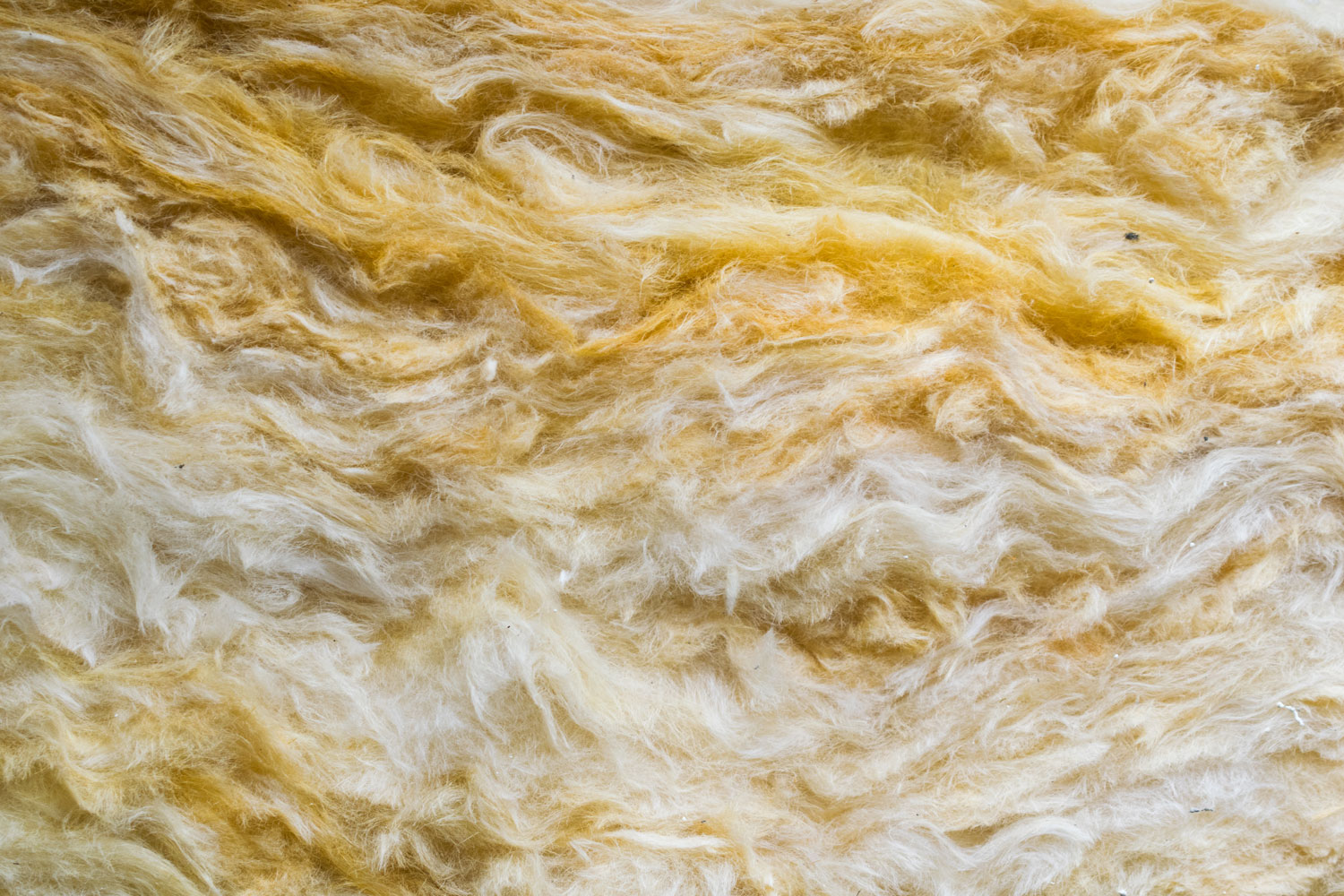
Now that we have the base values that we can work with, we can proceed to analyze the effects of compression on batt insulation by comparing the R-value before installation without compression and post-compression installation.
The values that we will use below come from NAIMA’s (North American Insulation Manufacturers Association) Insulation Institute.
Compressed 14-inch Batt
A standard R-49 fiberglass batt insulation is 14 inches thick. This gives it an R-value of 3.5 per inch. If you install that fiberglass batt into a joist that is only 11-7/8 inches thick, then you’d get an R-value of 3.705 per inch. This is a higher R-value than the 3.5 per inch when the batt is uncompressed.
If you compress that further by installing it into a cavity with a depth of only 11-1/4 inches, then you’d get an R-value of 3.73 per inch. This is higher than 3.705 when installed into a cavity with a depth of 11-7/8 inches and definitely higher than 3.5 per inch.
However, keep in mind that the total R-value that you’re getting from the compressed fiberglass batt is only 44 and 42 because the fiberglass batt went from a thickness of 14 inches to only 11-7/8 inches then to 11-1/4 inches.
If that higher per inch R-value can be maintained for a thickness of 14 inches, then you’d get a higher total R-value of 51.87 and 52.22 compared to just 49.
Compressed 6-inch Batt
Here is another example, if you install a standard R-19 fiberglass batt into a 6-inch cavity, then you’d get the normal rated R-value of 3.167 per inch. However, if you install it into a cavity with a depth of 5-1/2 inches only, then you’d get an R-value per inch of 3.272—a higher R-value than just 3.167 per inch.
What advantages do compressed fiberglass batts have?
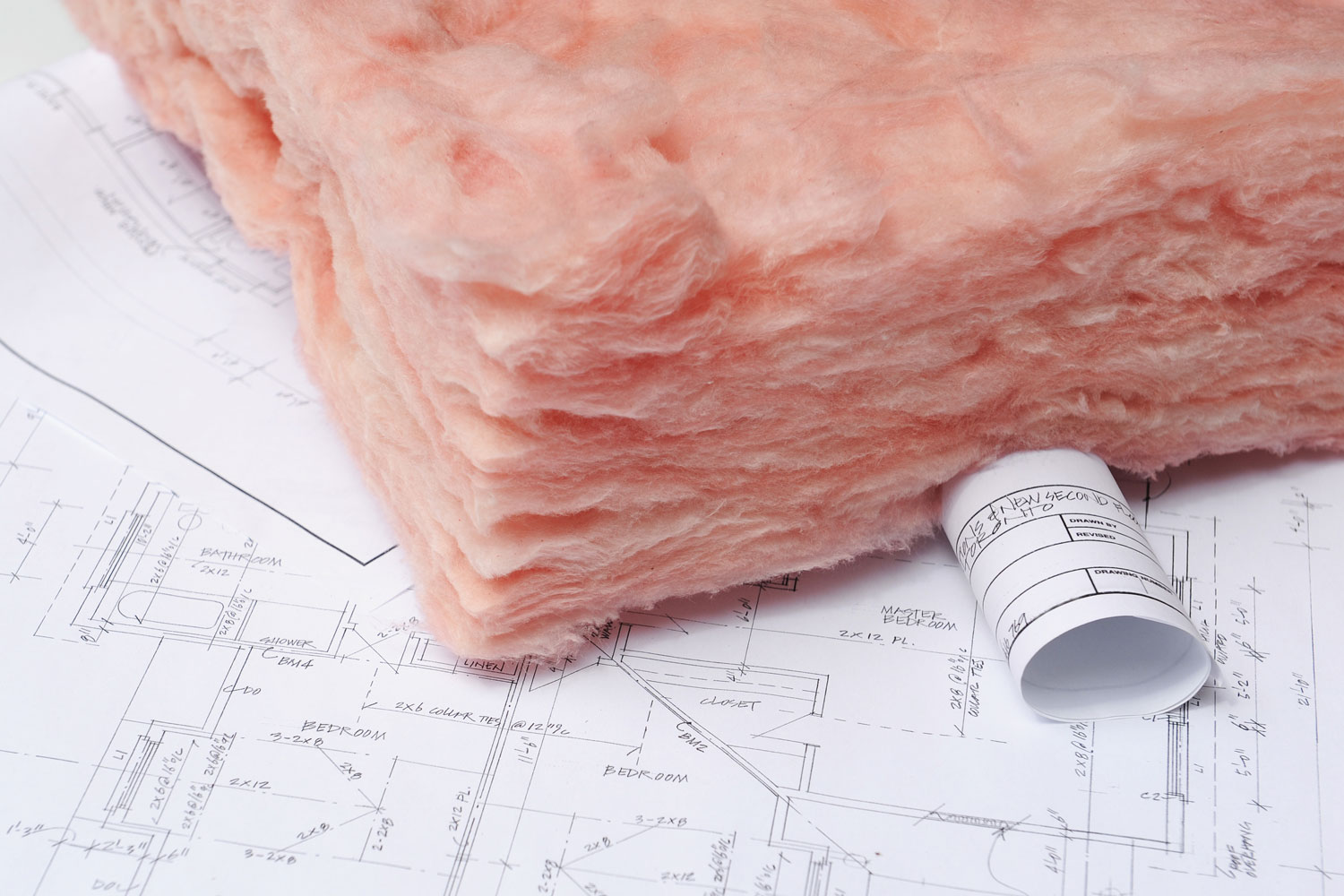
Aside from providing you with a higher R-value per inch, pricing options have the advantage. Knowing the R-value per inch after compression allows you to compute the price of a given R-value per square foot and compare it with the price per square foot of uncompressed batt.
Knowing this allows you to compare where you’d be able to get a better deal—a compressed fiberglass batt or an uncompressed one.
Knowing the R-value that you’re getting from a compressed and uncompressed batt gives you the ability to compare prices and get the R-value that you need for less money.
Can mineral wool batt insulation be compressed?
Unfortunately, you cannot compress mineral wool batt insulation. Mineral wool is already compressed during the manufacturing process. Thus, it will be challenging to compress it significantly during installation.
Do you need a vapor barrier with mineral wool insulation?
One of the properties of mineral wool batt insulation is water resistance. According to Natural Handyman, mineral wool batts can act as a vapor barrier and don’t need a separate vapor barrier to be effective.
In addition to no longer needing a vapor barrier, mineral wool does not rot, burn, or melt. It also doesn’t absorb moisture and doesn’t allow the growth of molds and mildew.
How long does mineral wool insulation last?
Mineral wool insulation can last the entire lifetime of your home if installed properly. Mineral wool batts do not decay because they are not made from organic materials. They retain their full insulation properties as long as they are not physically damaged.
How to properly install mineral wool batt?
Mineral wool batt can be installed like a fiberglass batt insulation. The only difference is that mineral wool batt is slightly tougher than fiberglass batts.
Using a serrated knife to trim mineral wool batts is better than using cardboard cutters or utility knives. Mineral wool batts can easily dull utility knives. Once they get dull, they will tear the mineral wool batts and will not give you a clean cut.
If you're looking for a serrated knife, the Mercer Culinary M23210 Millennia, a 10-inch long bread knife is available on Amazon. Check it through this link.
You can then use a plate fastener that can be screwed on metal, concrete, or wood to hold the mineral wool in place as you install them. Finally, you can then install drywall on top of the mineral wool batt insulation.
Should I put plastic over batt insulation before the drywall?
Under normal conditions, interior walls do not need a vapor barrier like plastic. However, bathroom and kitchen walls would benefit from installing a vapor barrier.
Use a 6-mil polyethylene plastic as a vapor barrier for these rooms. A continuous polyethylene vapor barrier behind the drywall will protect these areas from water damage.
The Frost King P1025/6W, a clear polyethylene sheet, is available on Amazon. Check it out through this link.
What is the difference between faced and unfaced batt insulation?
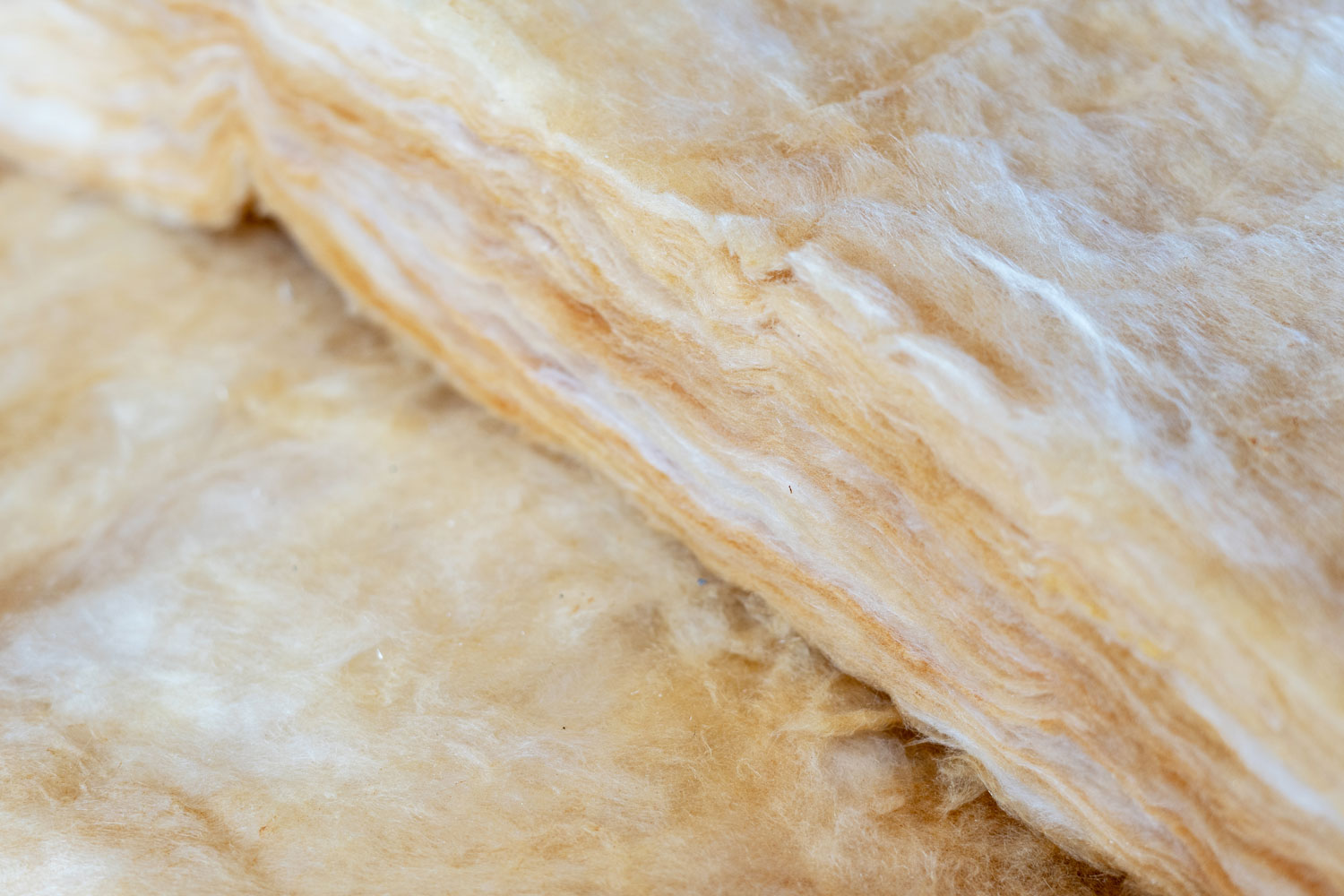
Most batt insulations are sold in a faced version. Faced batt insulation has kraft paper attached to one side of the batt insulation. Some batt insulation has vinyl installed instead of paper, while others use aluminum as a facing layer.
In some cases, the paper layer adds structure and sturdiness to the batt insulation—preventing it from falling too much.
Unfaced insulation does not have a kraft paper—or any other material—attached to one side. Mineral wool batts are often sold without any facing.
What are the benefits of faced/unfaced batt insulation?
Faced batt insulation has the benefit of a moisture retardant from that kraft paper backing. An aluminum backing provides the benefit of a radiant barrier for the batt insulation.
Keep in mind, however, that it is important to know where to face the faced side of the batt insulation to gain its benefits.
Unfaced batt insulation has the benefit of being fire resistant by not having a flammable paper or vinyl layer. It can be used as a layer to slow the spread of flames in case a fire breaks out.
Another benefit is that unfaced batts can be used to safely insulate light fixtures that are not fire-rated. Paper-faced insulation batts will have to be installed at least three inches away from light fixtures that are not fire-rated.
Where is it best to install a faced/unfaced batt insulation?
Unfaced insulation batts are best to use on the floors of your home. It is also best to use as insulation on interior walls and on the attic. This takes advantage of the fire resistance of most batt insulation when installed on walls and attics that have light and electrical fixtures.
Faced batt insulation is best installed on the ceiling and on exterior walls. This includes exterior basement walls. This gives these walls the benefit of the moisture barrier from the kraft paper face of these batts.
Conclusion
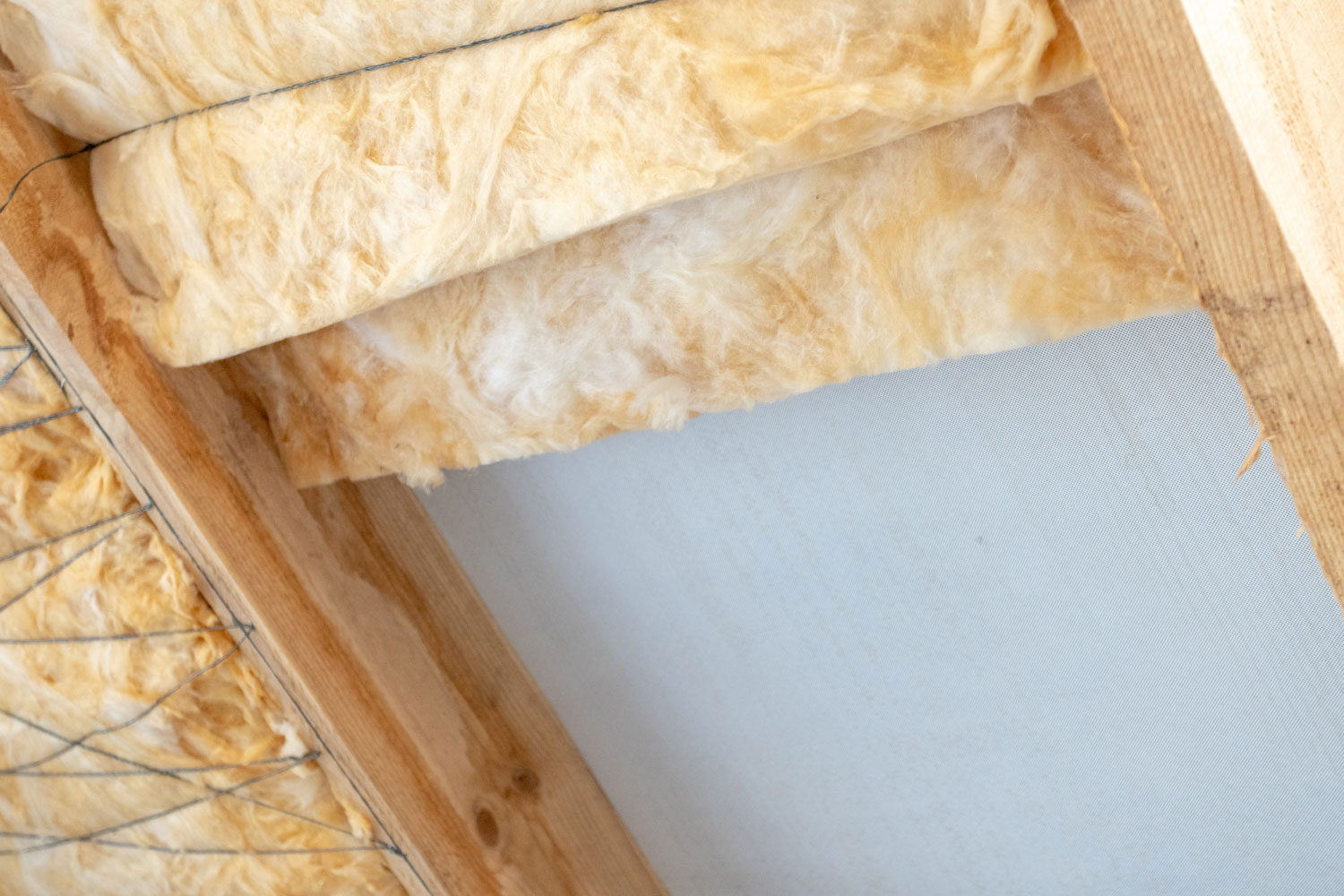
Batt insulation comes in different thicknesses to provide different levels of R-values. This makes it easy to match them with homes and the needed R-value as required by state regulations.
If you enjoyed reading this article, check out these other articles that you might find interesting:
How Long Does A Portable Air Conditioner Take To Cool A Room?


